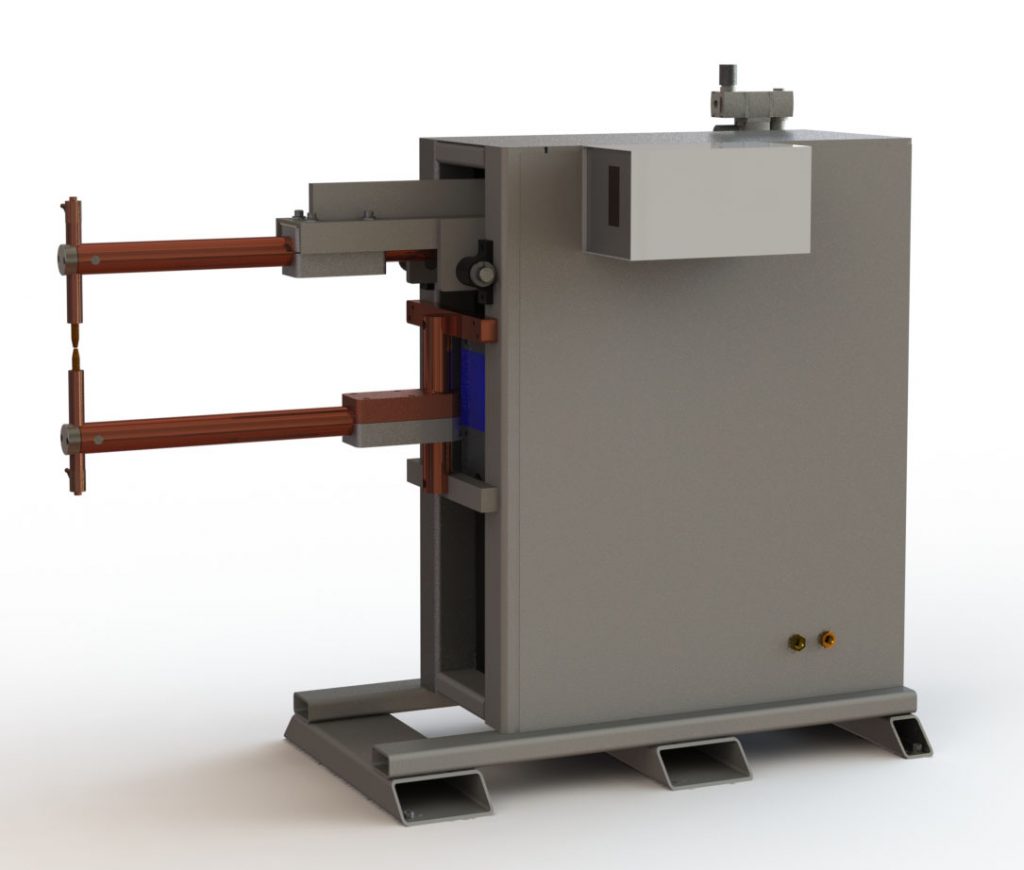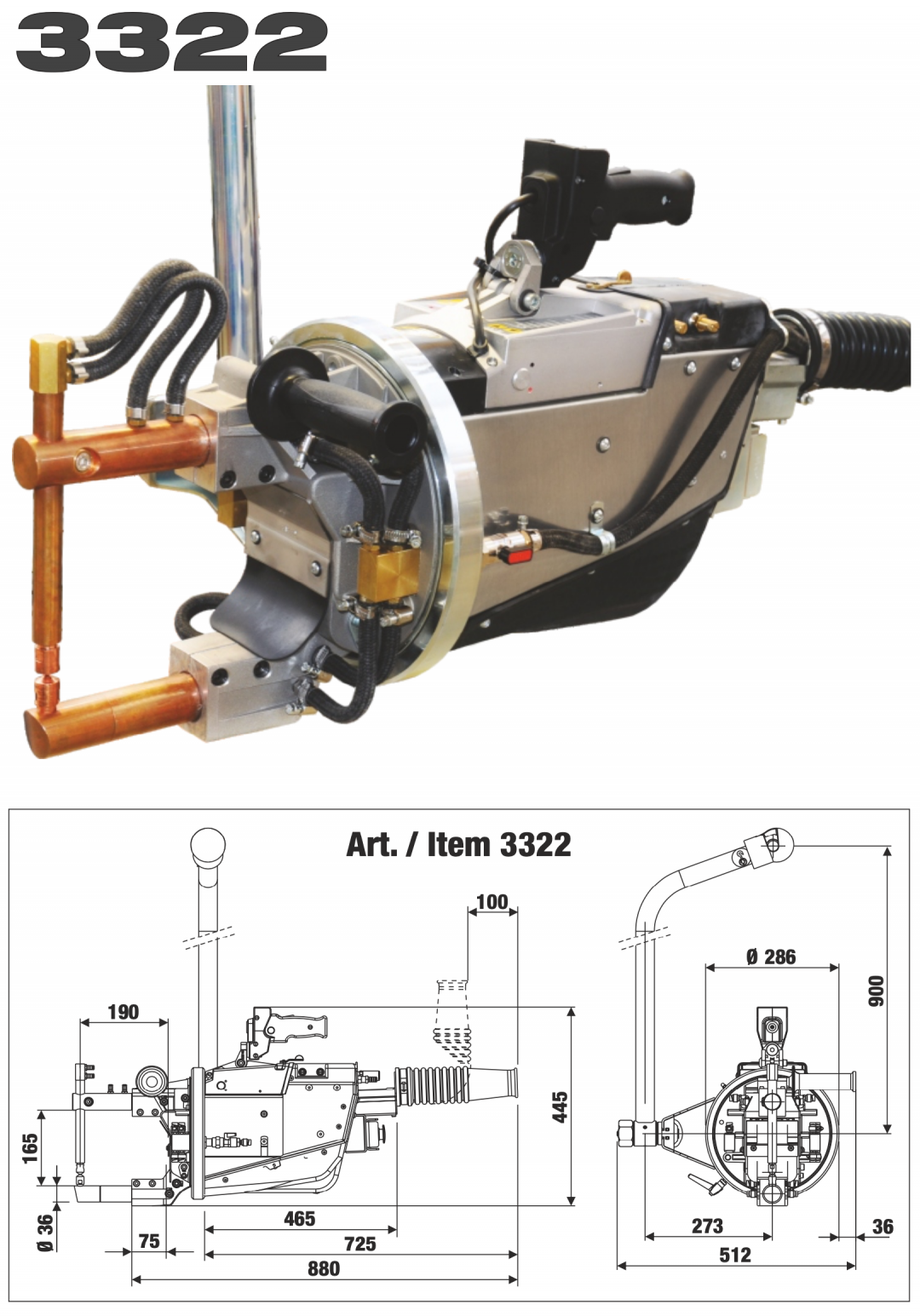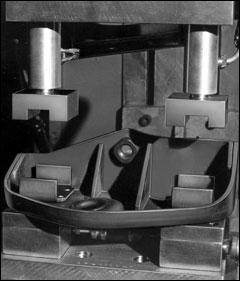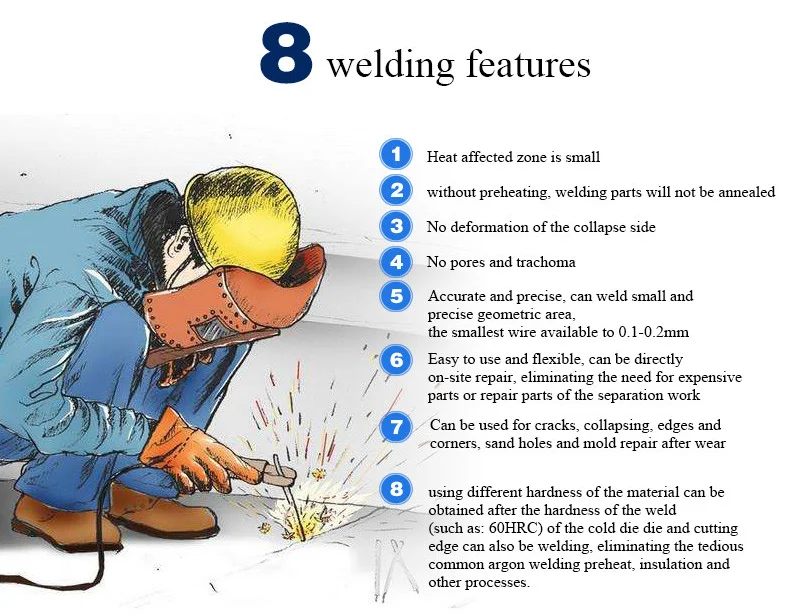
Convenient and easily manoeuvrable from job to job for rugged welding applications.Very compact in size and light in weight.



Open circuit voltage of 90 volts enables welding with all types of special electrodes including low hydrogen type for AC application.Adjustment of welding current feasible even while welding is in progress this enables fine current control.Step less, smooth and infinitely variable current regulation.Welding current regulation by moving core magnetic shunt design.Key Features of Moving Core Magnetic Shunt Type Welding Transformers Moving Core Magnetic Shunt type Welding Transformers are specially designed for welding with electrodes which normally require higher OCVs. These Welding Transformers apply open circuit voltage of 90 volts for welding with all types of special electrodes including low hydrogen type for AC application. These Welding Transformers regulate welding current by moving core magnetic shunt design. Moving Core Magnetic Shunt type Welding Transformers are designed to provide good dynamic characteristics that ensure smooth and optimum metal transfer. moving shunts, moving coils, etc., formerly used to control the output of welding. The whole thing was packaged in a large wooden crate with a homemade 230V-36V charger and it allowed me to do big welding on a very limited 2 kW supply so long as the duty cycle was low enough to keep the batteries topped up.Product Profile of Moving Core Magnetic Shunt Type Welding Transformers Manual metal arc welding (metal arc welding with covered electrode). I used 3*12V flooded lead acid batteries, current limiting was a length of very heavy fence wire and a sliding croc clip. To convert to DC you'll need a high current rectifier (easy/cheap) and a *big* smoothing inductor (much less so). DC welding can be done on lower voltages, I found 24V unusable for any but the smallest rods and 36V to be about right :-). 3) Series resistance somewhere, see below. How are you regulating the current now? Did you leave the magnetic shunts in? Your options for current regulation are: 1) Movable magnetic shunts 2) A seperate limiting choke (on primary or secondary), with either an adjustable gap, multiple taps or a DC control winding.

Older AC welders had 60-70V O/C, newer ones keep it below 50V as this is considered the maximum safe touch voltage but that is pretty marginal for welding with. 36V open-circuit is a bit low, double that would be perfect.


 0 kommentar(er)
0 kommentar(er)
